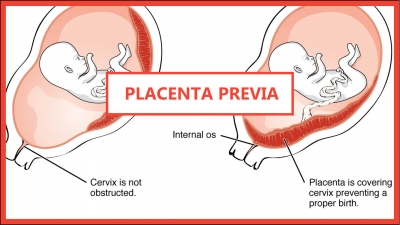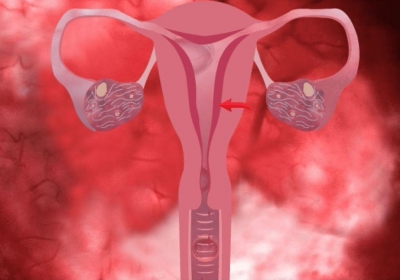with lowered blood pressure, cold clammy skin and loss of consciousness.
Postpartum hemorrhage occurs in just 2% of births, most often after long labors, multiple births or when the uterus has become infected. Postpartum hemorrhage is the third most common cause of maternal death in childbirth. It usually happens when the uterus fails to contract properly after the placenta has been delivered, or because of tears in the uterus, cervix or vagina. The women have to be monitored to see if the uterus is contracting after the delivery of the baby and the placenta. Massaging the uterus helps it to contract and if the hemorrhage is severe the doctor may administer a synthesis hormone called oxytocin to help stimulate contractions. The doctor will likely perform a pelvic exam to find the cause of the hemorrhage, and your blood may be tested for infection and anemia. If the blood loss is excessive, a blood transfusion may be recommended.
Some women may notice that hemorrhage begins a week or two after delivery when they are already home. It may be caused by a piece of placenta that has remained in the uterus. This tissue may have to removed surgically by the doctor in order to prevent further bleeding and infection. So anytime you notice severe bleeding post pregnancy then do report to your doctor and follow their advice.
[quix id='9' name='For Service Providers']






